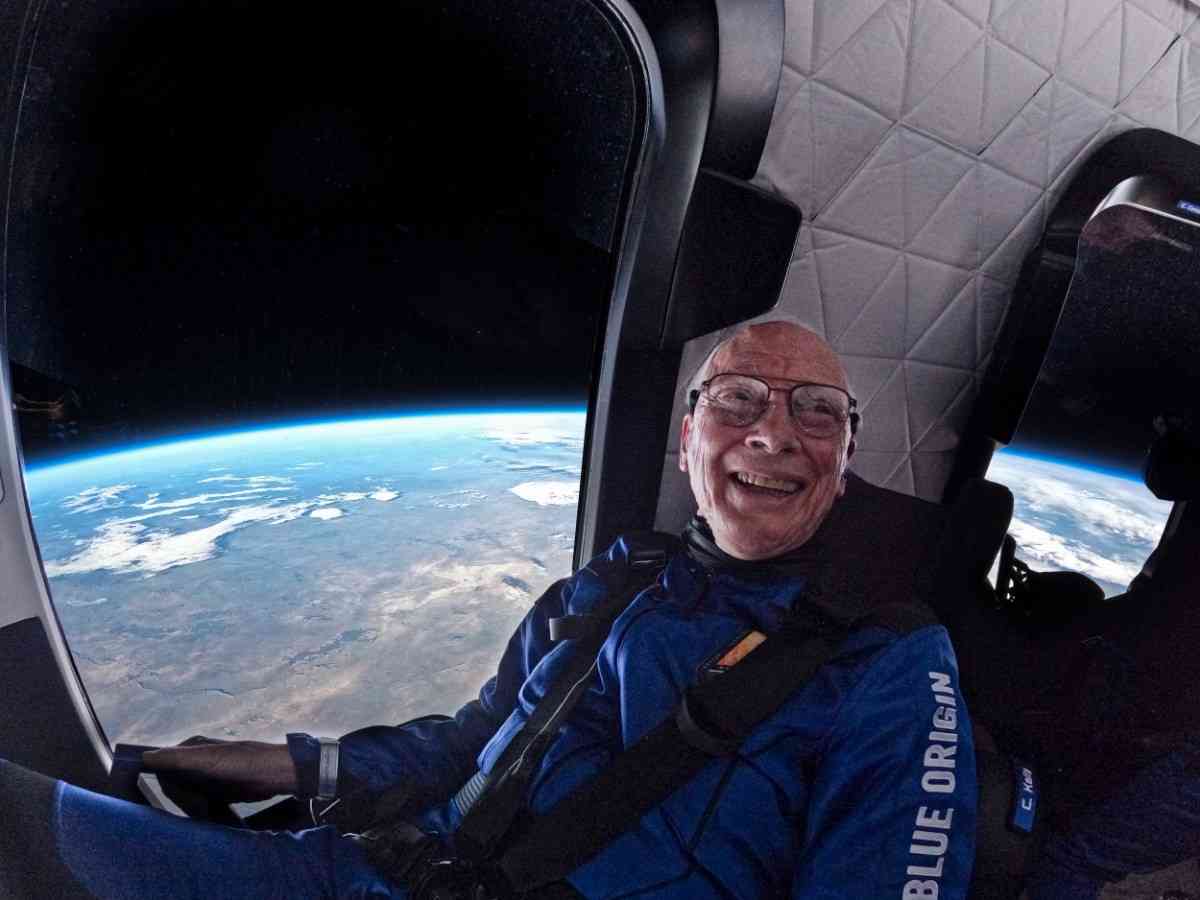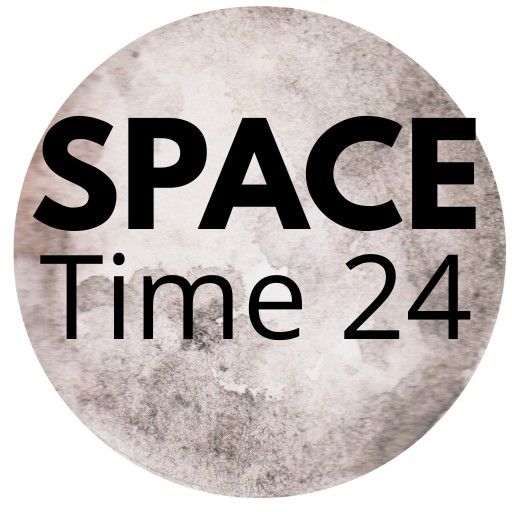Can civilians go to space? Yes—Civilian Space Tourism is here. Learn how ordinary people are becoming space travelers, the companies offering flights, and how much space tourism costs per seat.

Civilian Space Tourism: Introduction
Until recently, space travel was a dream limited to trained astronauts and government agencies. Today, however, civilian space tourism has become a reality, allowing non-professionals to experience weightlessness, see Earth from above, and cross into outer space—all without years of training.
From short suborbital journeys to multi-day space station stays, various companies now offer spaceflights to paying private individuals. This article explores how civilians can go to space, which companies are leading the charge, and how much it really costs.
Can Civilians Go to Space?
Yes, civilians can now go to space, thanks to advances in commercial spaceflight. The experience depends on the type of mission:
- Suborbital Flights: Brief journeys that cross the Kármán Line (100 km above sea level), offering a few minutes of weightlessness and stunning views.
- Orbital Flights: Multi-day trips to Low Earth Orbit (LEO), often involving stays on the International Space Station (ISS).
Passengers on these flights include entrepreneurs, artists, scientists, and space enthusiasts—with no professional astronaut background.
Companies Which Offering Civilian Space Tourism Flights
1. Blue Origin (Founded by Jeff Bezos)
- Vehicle: New Shepard
- Type: Suborbital
- Flight Duration: ~11 minutes
- Altitude: ~100–105 km (crosses Kármán Line)
- Experience: Several minutes of weightlessness, panoramic Earth views
- Launch Site: West Texas, USA
Cost Per Seat:
- Estimated between $200,000 to $300,000
- One seat sold at auction for $28 million in 2021
- A $150,000 refundable deposit is required for booking
- Some individuals are invited to fly free as “honored guests”
2. Virgin Galactic (Founded by Richard Branson)
- Vehicle: SpaceShipTwo
- Type: Suborbital
- Flight Duration: ~90 minutes (including glide)
- Altitude: ~85–90 km
- Experience: 3–4 minutes of microgravity, views of Earth’s curvature
- Launch Location: New Mexico, USA
Cost Per Seat:
- Currently priced at around $450,000
- Flights booked via Virgin Galactic’s Future Astronaut program
3. SpaceX (Founded by Elon Musk)
- Vehicle: Crew Dragon
- Type: Orbital
- Flight Duration: From 3 days to several weeks
- Altitude: Up to 550 km (Low Earth Orbit)
- Experience: Full orbital flight, extended time in microgravity
- Launch Site: Florida, USA
Cost Per Seat:
- Estimated between $55 million and $70 million per passenger
- SpaceX partnered with Axiom Space and other agencies for private ISS missions
- The Inspiration4 mission in 2021 was the first all-civilian orbital mission
4. Axiom Space (Private Missions to the ISS)
- Type: Orbital (ISS visits)
- Flight Duration: ~10–14 days
- Crewed using: SpaceX Crew Dragon
- Experience: Life aboard the ISS, full astronaut training provided
Cost Per Seat:
- Around $55 million per person, including training, mission prep, and ISS stay
- Includes professional astronaut support and medical screening
What Is the Experience Like?
Before the Flight
- Light physical and medical evaluations
- Basic training (especially for suborbital flights)
- Safety briefings and simulations
During the Flight
- Suborbital passengers feel weightlessness for 3–5 minutes
- Orbital passengers live in space for several days, orbiting Earth every 90 minutes
- Enjoy views of Earth’s curvature, blackness of space, and microgravity environment
After Landing
- Debrief sessions
- Certificates and recognition
- Often included in spaceflight history or record books
Who Can Go to Space?
Requirements vary by company, but in general:
- Must be 18 years or older
- Reasonable physical fitness required (especially for orbital flights)
- Pass basic health screenings
- No need for military or professional astronaut training
Inclusion efforts are growing: civilians from various countries, age groups, and professions have already flown.
Why Is Civilian Space Tourism So Expensive?
- Technology: Rocket development and reusable systems are costly
- Safety: Human-rated spacecraft must meet strict safety standards
- Training: Crewed missions require weeks or months of preparation
- Limited Seats: Capacity is small—only 4 to 6 passengers per flight
However, as competition grows and systems become more reusable, prices are expected to drop in the coming years.
The Future of Civilian Space Tourism
- Blue Origin plans frequent suborbital launches and development of the Orbital Reef, a private space station.
- SpaceX aims for lunar tourism and Mars exploration.
- Axiom Space is constructing the first commercial ISS module, launching in 2026.
- Virgin Galactic targets monthly suborbital tourist flights by 2026.
The next decade will likely see thousands of civilians visiting space, including researchers, artists, and eventually regular tourists.
Civilian Space tourism: Summary
Civilian space tourism is no longer science fiction. Thanks to companies like Blue Origin, Virgin Galactic, SpaceX, and Axiom Space, everyday people now have a chance to venture beyond Earth’s atmosphere. Though current prices are steep—ranging from $200,000 to over $50 million—space tourism is rapidly evolving. With each successful mission, the dream of opening space to everyone gets closer to reality.
Source of article:-
https://x.com/blueorigin/status/1936403464751632782?t=_NwZbKGhbnwEy1YaQ6cVgw&s=19
FAQ: Civilian Space Tourism and Travel
1. Can civilians go to space?
Yes. Civilians can now travel to space through commercial spaceflight companies like Blue Origin, Virgin Galactic, SpaceX, and Axiom Space.
2. What types of space tourism are available?
Suborbital Flights: Brief trips above 100 km (Kármán Line) for 10–15 minutes.
Orbital Flights: Multi-day missions around Earth or to the ISS.
3. How much does a space tourism ticket cost?
Blue Origin: $200,000–$300,000
Virgin Galactic: ~$450,000
SpaceX/Axiom (orbital): $55 million or more
4. Do you need to be an astronaut or in top physical shape?
No. Basic health and age (18+) requirements apply. Most suborbital flights require only light training.
5. What do civilians experience in space?
Weightlessness (microgravity)
Views of Earth’s curvature
A few minutes to several days in space depending on mission type
Let me know if you’d like an extended version or visual infographic.
Venturi Space Reveals- Mona Lena Lunar Rover: Europe’s Bold Step Toward the Moon
